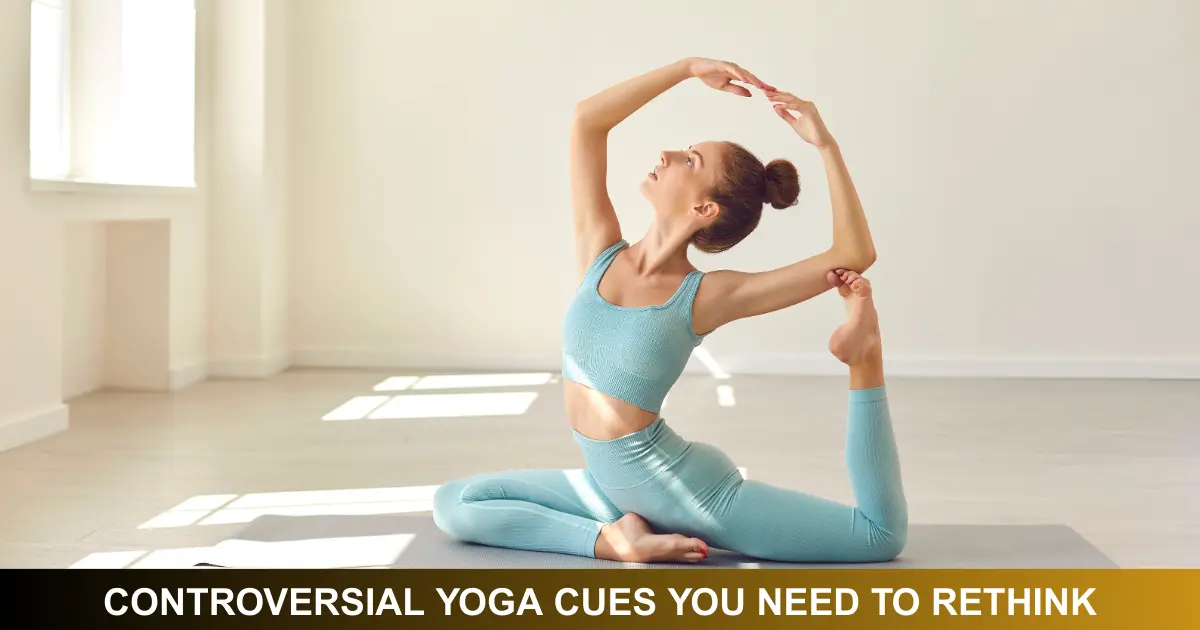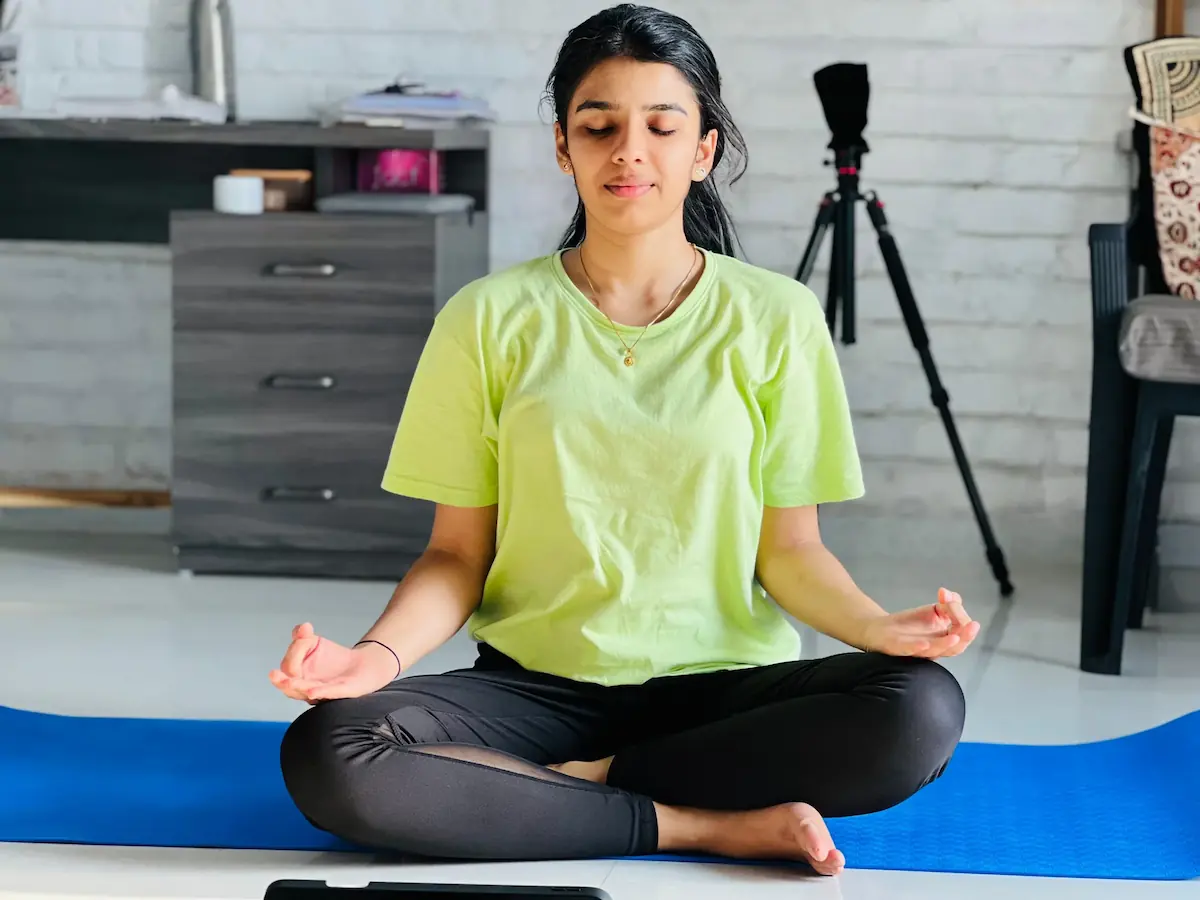Starting yoga at home is a fantastic way to connect with yourself, ease stress, and build strength at your own pace. With endless online classes and simple routines, making yoga a daily habit has never been easier. But whether following a video or reading a book, some common yoga instructions might surprise you – they’re trickier and more debated than you’d expect! Here are seven yoga cues you should rethink for a safer, happier practice.
1. Draw Your Shoulders Back and Down

- Often heard as “shoulders away from your ears.”
- Meant to correct rounding and tension in shoulders.
Why Rethink?
- For overhead arm poses (like Warrior 1 or Down Dog), this cue can actually prevent natural shoulder movement, causing discomfort or strain.
- However, it’s helpful in backbends or poses where arms move behind you, like Bridge or Camel Pose.
Try this instead: In overhead poses, let your shoulders move freely; in backbends or when arms are by your sides, gently draw them back and down.
2. Keep a Flat Back

- Used to encourage a long, strong spine in forward folds.
Why Rethink?
- The human spine is naturally curved, not flat!
- Forcing a straight back can lead to tension rather than alignment.
Try this instead:
Use cues like “long spine,” “reach through your crown,” or “lead with your chest” to find your natural length, not forced rigidity.
3. Breathe Into Your Belly
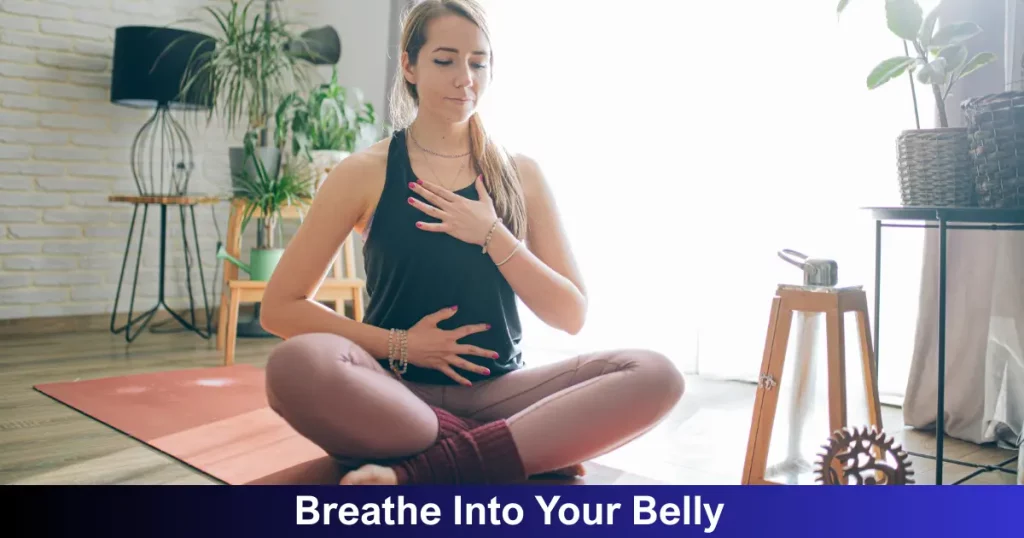
- Sounds relaxing and helps new yogis deepen their breath.
Why Rethink?
- It’s not possible to literally breathe into your stomach – your lungs fill your chest!
- Some people over-push their belly out, creating unnatural patterns.
Try this instead:
Visualize “breathing low into your ribs” or “letting your belly move as you breathe.” The idea is to relax the abdomen so breathing is deeper and more natural.
4. Square Your Hips
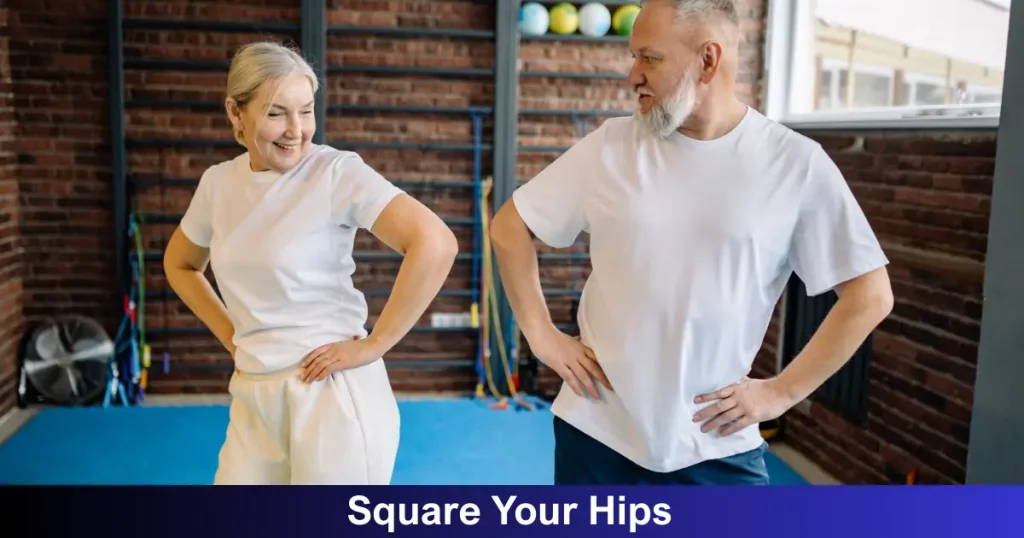
- Commonly used to describe hip alignment in Warrior and twist poses.
Why Rethink?
- Most hips can’t perfectly “square” in many poses, especially Warrior 1 or 2, leading to strain elsewhere in the body.
Try this instead:
Gently guide your hips in the general direction needed, without forcing. If it feels pinchy or tense, ease up!
- Why Your Mind Wanders During Meditation
- Beginner Yoga Poses for Stress Relief
- Yoga vs Gym: Which is Better for Mental Health?
5. Tuck Your Tailbone
- Encourages posterior pelvic tilt to counter excessive lower back arch.
Why Rethink?
- Not everyone needs this adjustment! Over-tucking can flatten the lumbar curve too much and create discomfort.
Try this instead:
Use “lengthen your lower back” or “lift your hip points” as more gentle references. Pay attention to how your pelvis feels instead of following rigid cues.
6. Relax Your Glutes
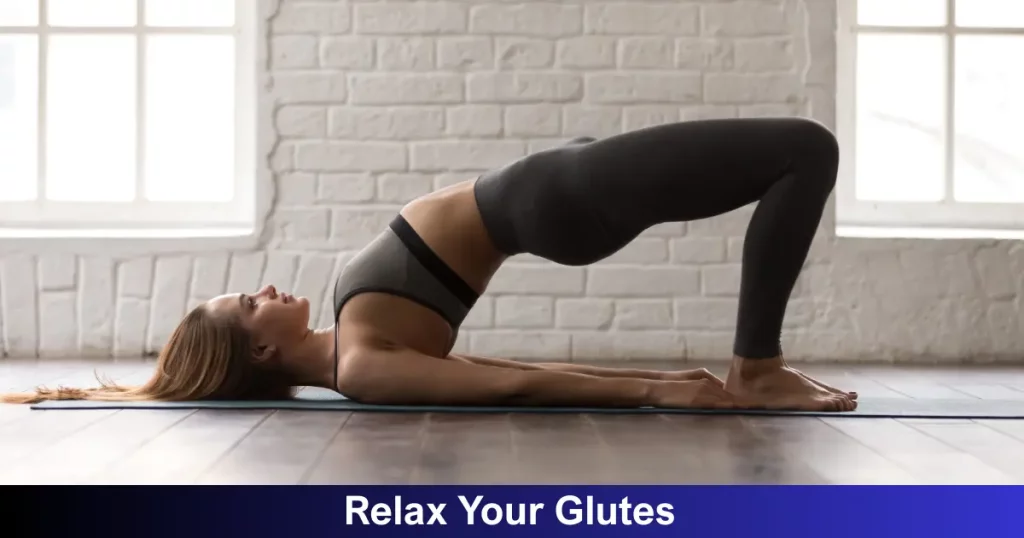
- Often cued during backbends to prevent over-arch or knee splaying.
Why Rethink?
- Your glutes help with lifting and balance – totally relaxing them isn’t always ideal.
Try this instead:
Focus on balanced effort – use just enough glute strength to support, but not over-tighten. In some backbends, consciously “soften your sacrum” or gently activate your hamstrings for synergy.
7. Lift Your Kneecaps
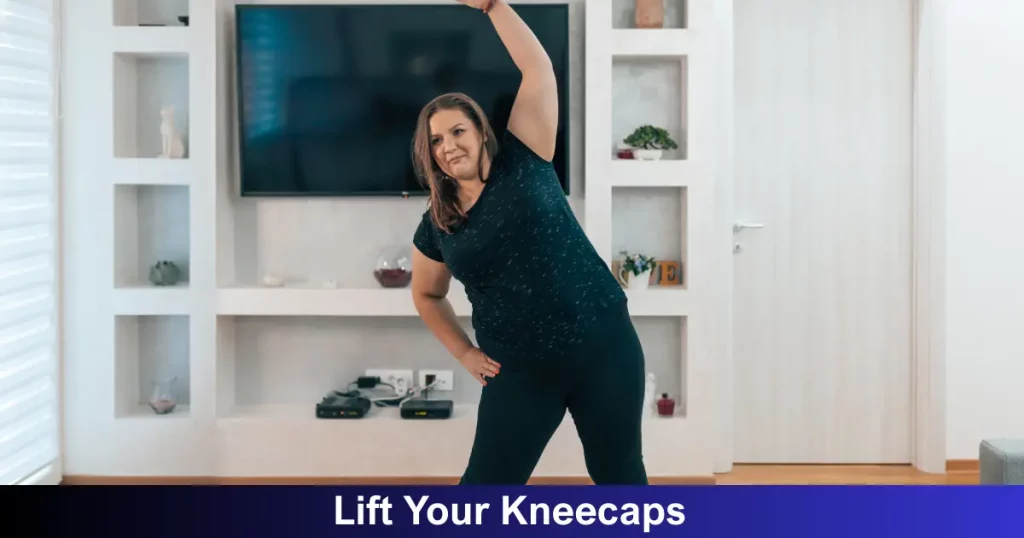
- Aims to engage the front thigh (quadriceps) for strong legs in standing or forward folds.
Why Rethink?
- Overdoing this can lead to joint hyperextension or neglect the back of the legs.
Try this instead:
Think “engage your legs evenly,” “press through your feet,” or “activate muscles on all sides of your legs,” not just the front.
Yoga Cues FAQ
1. Are yoga cues dangerous?
Yoga cues can help or hinder, depending on placement and context. It’s important to listen to your body first – stop if something feels painful or weird.
2. Should beginners worry about these cues?
Not at all! They’re meant to guide, not to stress. As practice grows, so will body awareness.
3. How do I know if a cue is right for me?
Pay attention to how your body feels. If a cue causes pain or discomfort, ask a teacher or modify it gently.
4. Are there universal rules in yoga?
No – every body is unique! Use cues as helpful suggestions, not strict rules.
5. Can I skip cues that don’t feel right?
Absolutely – respecting your body’s signals is always best.
Conclusion
Yoga is about feeling good, finding balance, and moving mindfully – no “perfect” instructions needed. As you explore these cues at home, remember: trust your instincts, be gentle, and enjoy your daily practice. Every body is unique, and so is every yoga journey!
Practice regularly, stay curious, and let yoga support your well-being every day.
